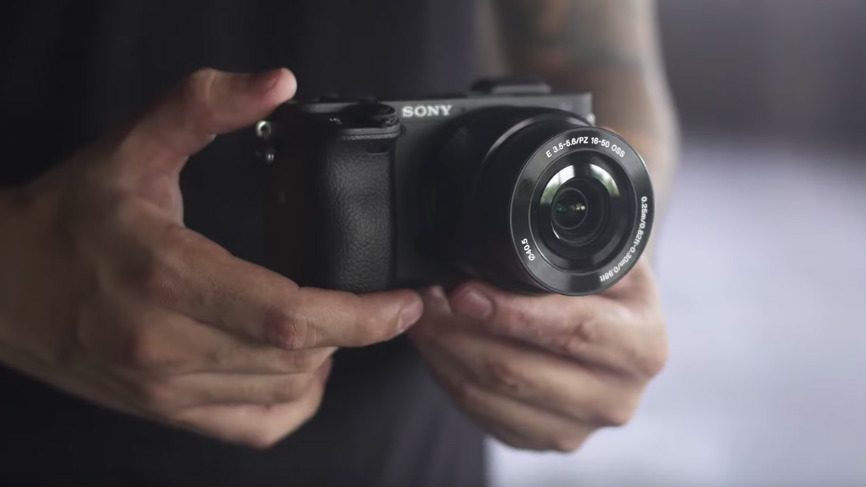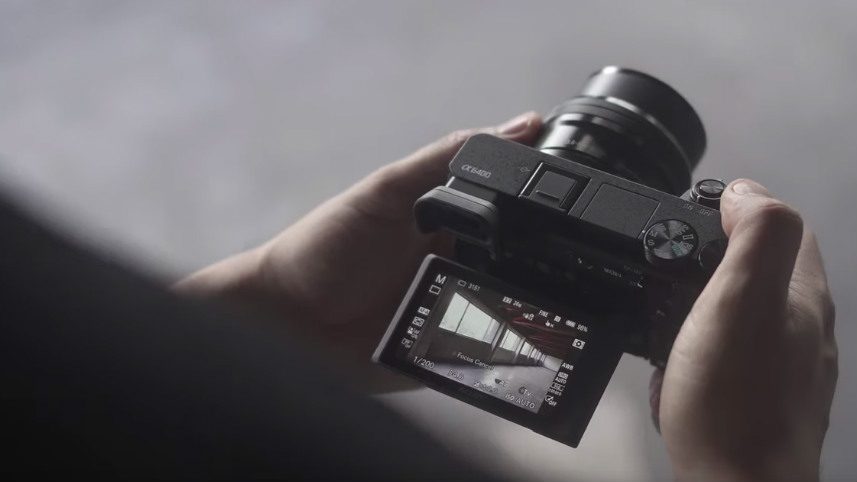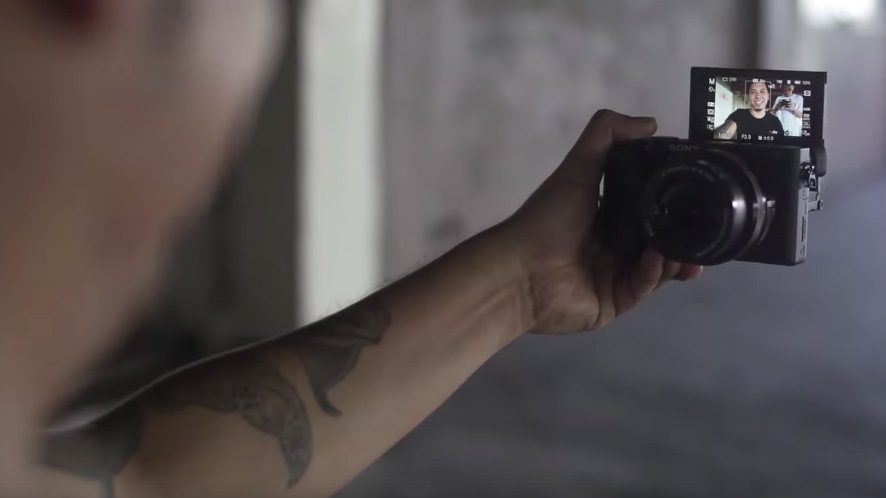SUMMARY
This is AI generated summarization, which may have errors. For context, always refer to the full article.

The Sony a6400 is the latest in Sony’s a6000 series of high-quality, compact mirrorless cameras. These are great for those who wants to travel with a small camera but still want the versatility that an interchangeable lens camera brings. This particular model has several, new attractive features including what Sony says is their fastest autofocus yet in their mirrorless cameras, and flip-up screen, touch functionality on the screen, and no time limit on video recording.
Read our review below or our video above for more of our insights. In the video, you’ll also see some sample footage showing two dancers performing.
Body and handling
The handling and design are pretty much the same as the Sony A6500, although I find the grip to be a little bit larger. If you do not put them side by side, you will probably confuse one with the other. Even the buttons at the back are similar – which is a good thing. It’s ergonomically logical, and I think the buttons are where they should be.
Battery
We are still using the same W batteries, so there’s not much difference in the battery life. There’s no improvement on that. If you are an avid Sony user, you’re probably used to this already, and is familiar with the battery life. If you use the compact Sony system to shoot videos for a living, say you’re a video blogger, or a wedding filmmaker, or in the advertising industry, you probably already have 10 to 15 batteries at home.
Screen
One of the more obvious changes, or perhaps, improvements, is the fully-articulating screen. With this, you can play around with the angle of the screen, thus allowing you to shoot from a more complex point of view. You can shoot down, perhaps flat-lay, shoot at waist-level, and you can shoot using the selfie screen.

However, if you flip the screen, the electronic view finder kind of blocks a bit of the screen. And if you’re going to mount a shotgun microphone there to capture your audio, it will block the screen altogether obviously. But if you’re getting serious, you can always get a cage for the camera and install the mic somewhere on the side.
On the plus side, the screen has fully-integrated touchscreen functions.
Weather sealing
The 6400 is also weather-sealed, but you still do not want to expose it too much. We still want to avoid water to get to the bottom plate of the camera. Don’t get too comfortable.
Customizable buttons
Sony has decided to improve the menu. We still have that deep and lengthy menu inside, so for new users of the Sony system, you’d probably get lost during your first couple of tries. But for the ones who have been using the system already, the customizability of the buttons open up a lot of possibilities. It’s easy now to see which buttons are customizable, so they’re easier to locate and assign.
S-Log, slow-mo
I’ve used a couple of Sony cameras for my projects, mostly as a second camera or a “B” camera. I can say that it has almost the same qualities as the Sony A6300. It shoots in 4k resolution at 24fps, and it still has the S-Log setting for those who would want to go through the process of color grading their footage.
One of the bigger improvements though is this camera now has the tracking auto focus, in which you can just touch your moving subject on the screen, and it will track and keep that subject focused – given that the subject has enough highlights to be detected.
I believe that the face detection and the eye detection of this camera have been improved. Great for those who shoot a lot of action shots and tracking shots, especially when you do not have enough time to setup a shot and you are kind of on the go. Just touch the subject on the screen, and it will keep it focused.
It slides sometimes, though; sometimes, you find your focus point drifting away from your subject, but that’s forgivable. I suggest that you do not completely rely on it, but it’s a good feature to have.
The frame rate of this camera is still pretty standard for the Sony system. It still has the 24, 30, 60 and 120 frames per second (fps) at HD, and it has the 4k resolution at 24 and 30 fps.
What’s cool about this camera also is that, you can record high speed shots and play it back in slow-motion right there on the camera. You don’t have to go to your editing software, interpret the footage, and render. Now, you can appreciate your slow motion shot right away.
HLG
Sony also added what’s called an HLG profile, so you can get HDR straight out of the camera. For the more advanced users: the recording is still in 8-bit so I assume it will be harder to color-grade.
Timelapse
Unlike the A6300 and the A6500, this camera now allows you to shoot time-lapse manually, which works perfectly. The only drawback is that it won’t build the video file for you, so you’ll still need to stitch up your footage through editing software.
Overheating and record limit
I’ve encountered complains from my friends who use the Sony system that their cameras usually overheat after a certain period of shooting time. I believe this has been addressed now by Sony, for this camera did not overheat when I used it, and I was able to shoot long continuous takes with this camera.
I believe that there are no record limits also as we were able to record multiple long takes. It’s perfect for those interview videos and stuff that has a lot of talking heads wherein the subject talks for a long period of time.
This camera as a video-blogging camera
I believe that Sony released this camera to target the video blogger market given that the screen can now flip in a way wherein you can see yourself. Yet I still don’t think it completely meets the need of a video blogger.

The number one reason: this camera needs to be mounted on a tripod or a gimbal for it has no built-in image stabilization. That would have been a great feature for video-bloggers who shoot a lot outside in events or whatnot, handheld.
Also, as I’ve said earlier, if you flip the screen towards you, and you have your microphone installed, that thing will block the screen altogether. To address this, you’ll have to get one of those camera cages that you can use to install you mic on the side of the camera.
This camera also has no earphones jack, so it is still best to use an external recorder if you are very specific in monitoring your audio levels.
Takeaways
Overall, I think this camera is just another version of the Sony A6300 with a tilt screen and a slightly wider grip. But what we can appreciate here, and I think a lot of you guys will agree with me on this, is the improved auto-focusing system that this camera offers. It’s really not a bad camera at all as the price point is great given its capabilities – but it could’ve been more.
If you have a 6500 and a 6300, should you upgrade to this one? No. Because you are getting the same image quality. If you want a good and affordable second camera for your film projects or are looking to upgrade from a phone or just want to switch to the Sony system, sure give this camera a shot. Has a few design quirks but solid overall.
You can get the Sony a6400 on Lazada here. – Rappler.com
(Disclaimer: Sony lent a review unit for the purpose of this article.)
Get discounts on the latest gadgets with this Globe promo code.
Add a comment
How does this make you feel?
There are no comments yet. Add your comment to start the conversation.